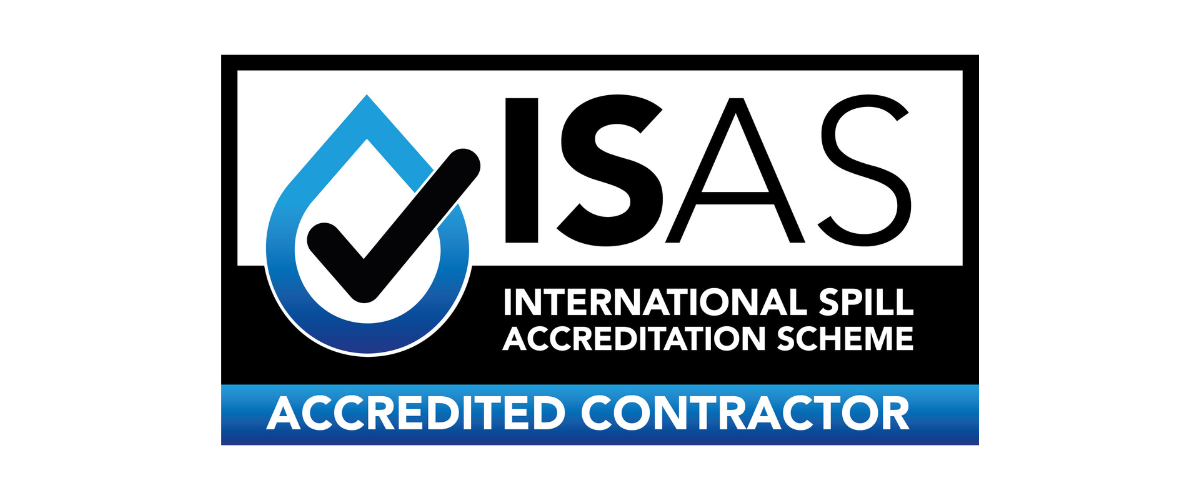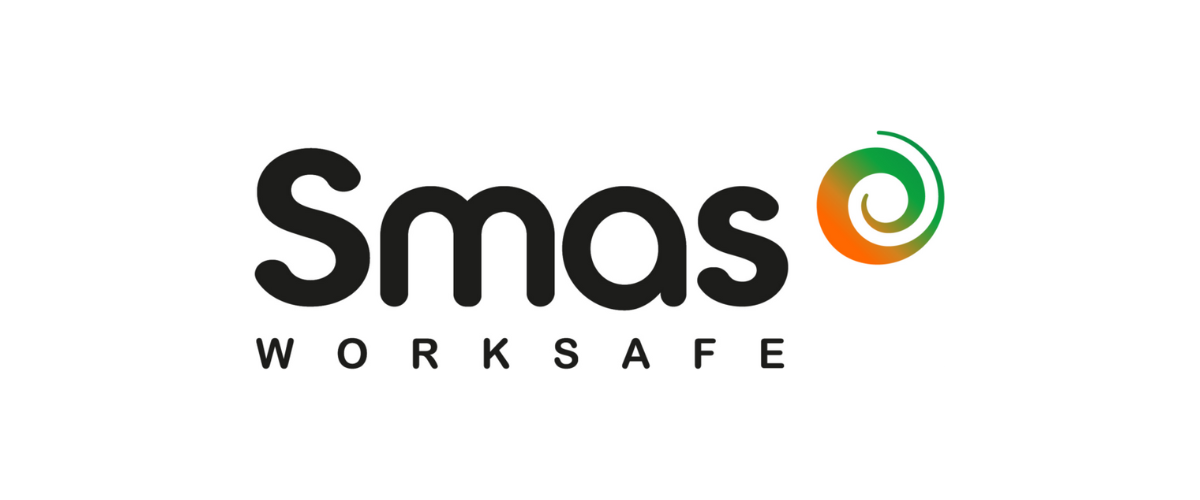Once site pollution controls are in place, monitoring and checks are essential to ensure the measures are functioning correctly. GPT's tailored inspections every 6-12 months ensure compliance and efficiency.
Environmental Control Inspections
Once you have installed adequate pollution prevention & control measures, it is essential to establish a robust monitoring and maintenance programme. An environmental control inspection ensures your control measures remain functioning correctly and helps maximise the effectiveness and lifespan of your assets.
Site inspections usually take place every six to twelve months, and we tailor these visits to fit alongside any internal checks conducted by site staff. An external inspection by GPT ensures you remain compliant and provides third party validation.
A typical environmental control inspection will assess existing:
Following an inspection you will be provided a written report detailing the condition of your environmental controls, with prioritised recommendations for any corrective actions necessary.
The Guidance
“A regular maintenance and inspection regime is essential if defects or leaks that could compromise the integrity of the primary, secondary or tertiary containment are to be identified in a timely manner. The EPR, PPC and COMAH Regulations require adequate inspection/maintenance procedures to be in place. Being unaware of defects in the containment facilities would be no defence should a pollution incident occur".
Environment Agency's Pollution Prevention or Businesses:
"If you pollute, you could get an unlimited fine, go to prison for up to 5 years, or both. You may also have to pay for the whole cost of the clean-up".

















